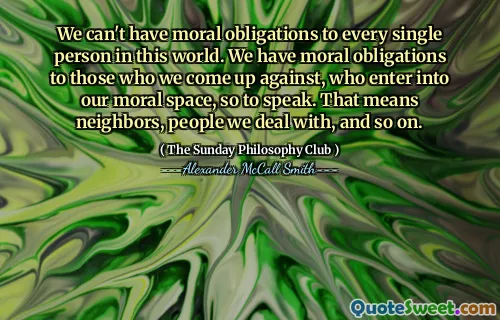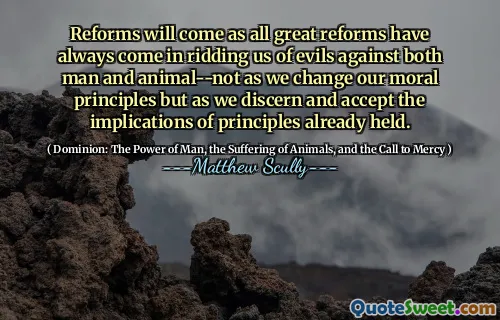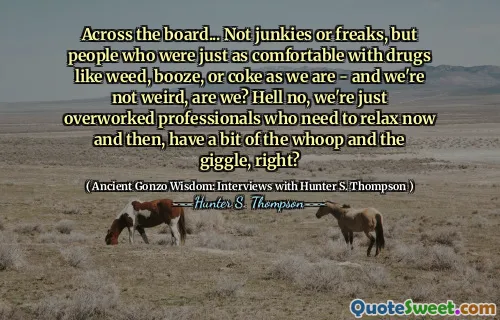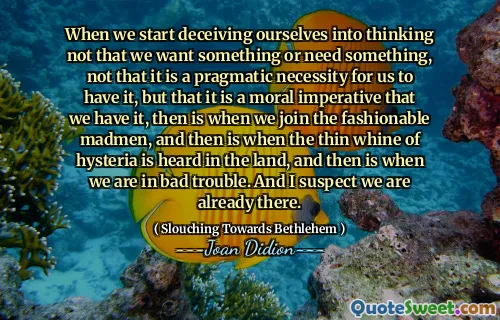According to Adam One, the Fall of Man was multidimensional. The ancestral primates fell out of the trees; then they fell from vegetarianism into meat-eating. Then they fell from instinct into reason, and thus into technology; from simple signals into complex grammar, and thus into humanity; from firelessness into fire, and thence into weaponry; and from seasonal mating into an incessant sexual twitching. Then they fell from a joyous life in the moment into the anxious contemplation of the vanished past and the distant future.
In Margaret Atwood's "The Year of the Flood," Adam One reflects on the concept of the Fall of Man as a series of profound and interconnected declines. This narrative presents a progression that begins with ancient primates descending from their arboreal homes and, subsequently, evolving from a plant-based diet to meat consumption. It highlights a shift from instinctual living to a more cerebral existence, leading to the development of language and technology, which shaped what it means to be human.
Furthermore, Adam One discusses the implications of these transformations. The move from a spontaneous, joyful existence to a state filled with anxiety reveals the cost of civilization. This journey includes the mastery of fire and the creation of weapons, alongside a shift in sexual behaviors from natural rhythms to constant desire. Through these changes, humanity lost its connection to the present moment, becoming mired in reflections on the past and concerns for the future.



